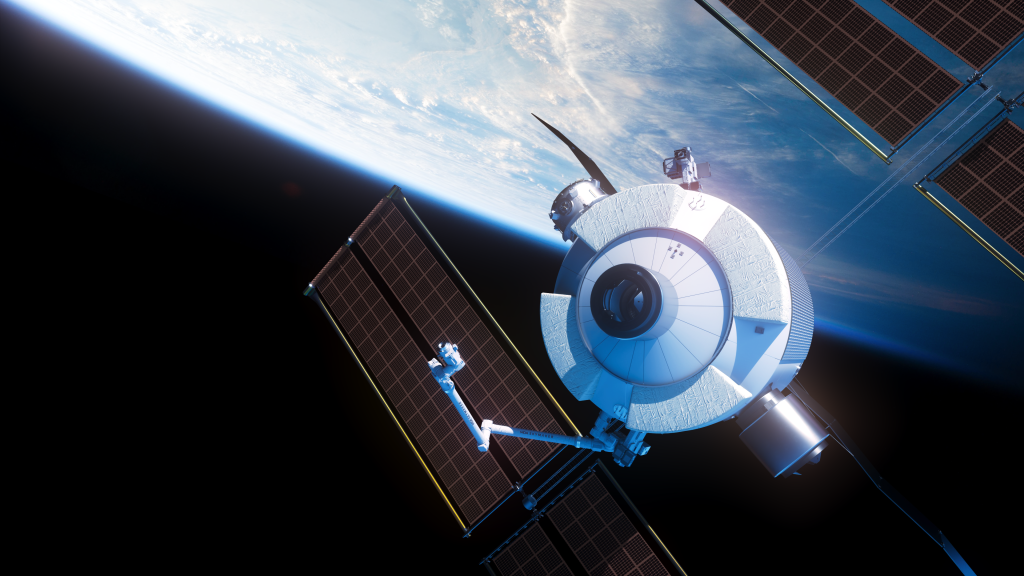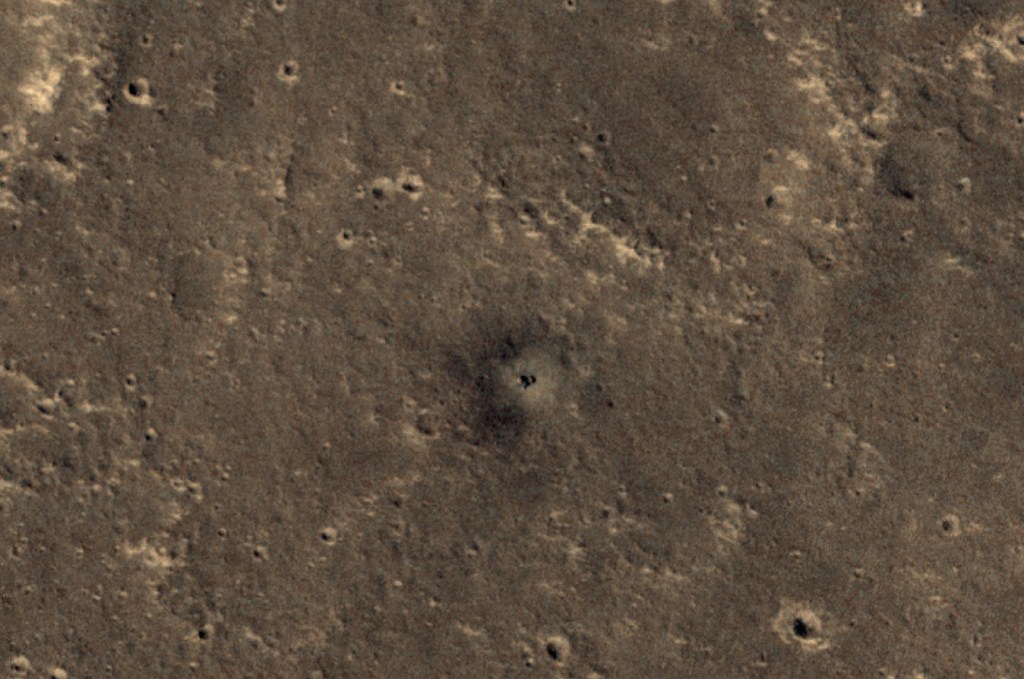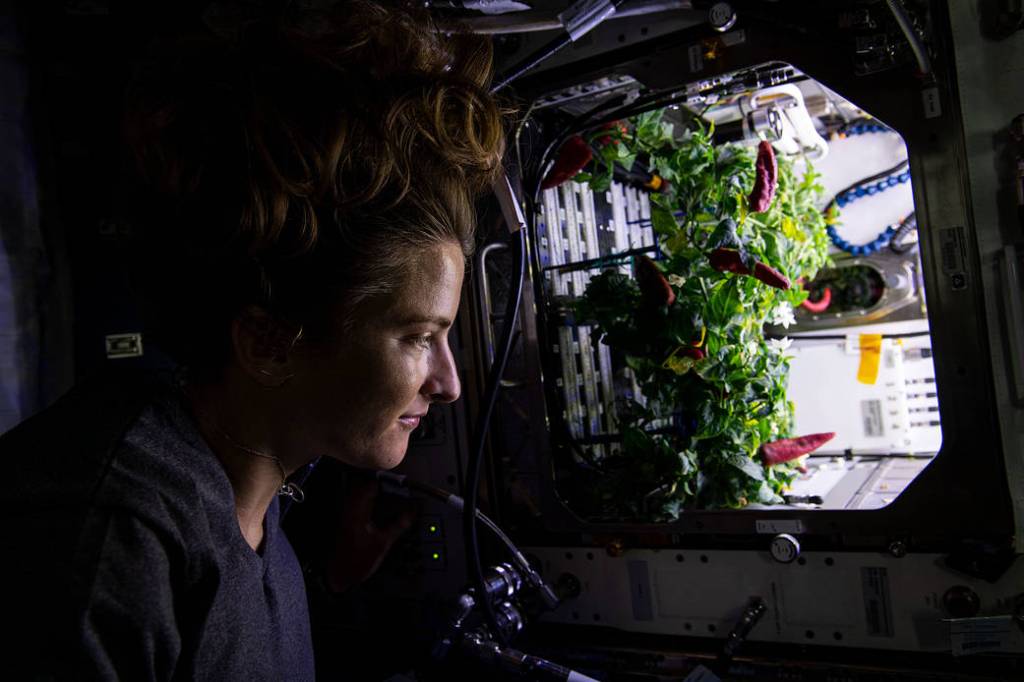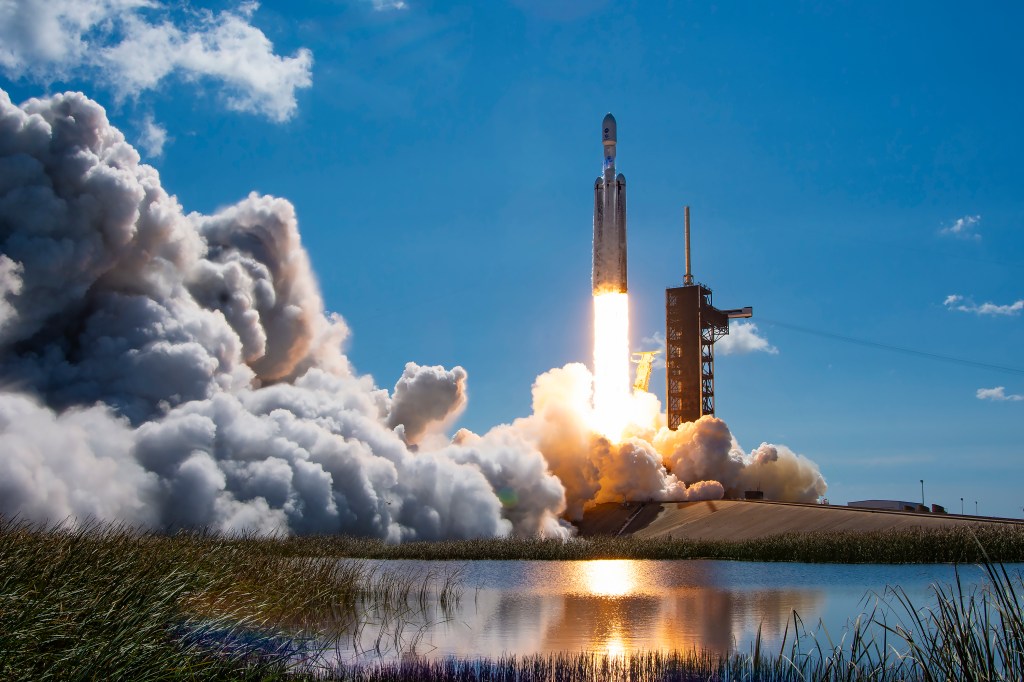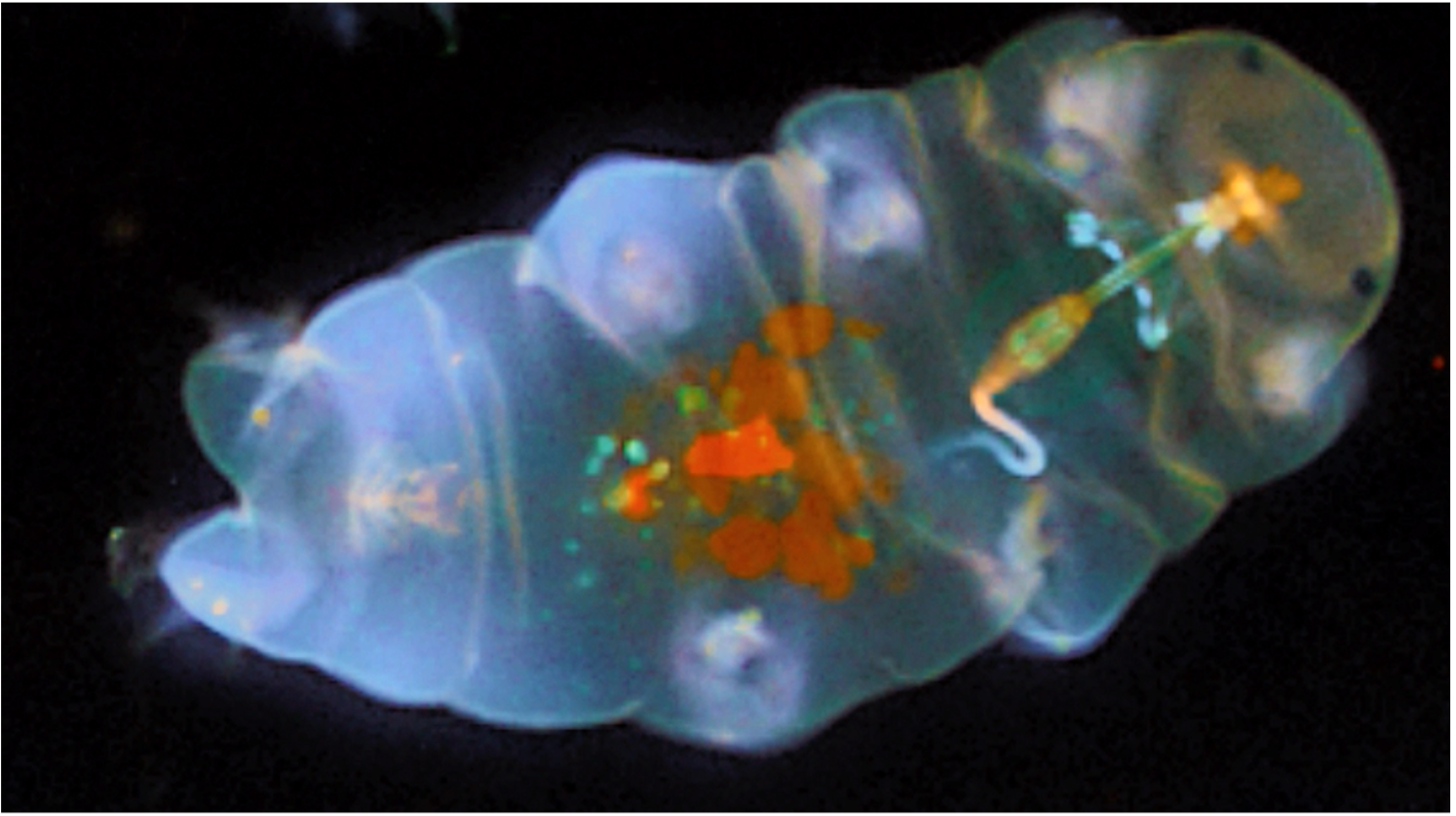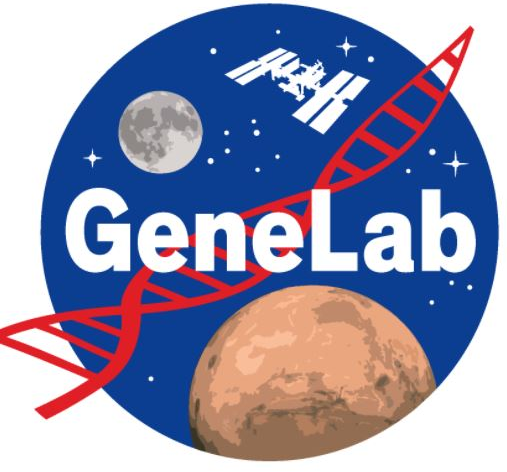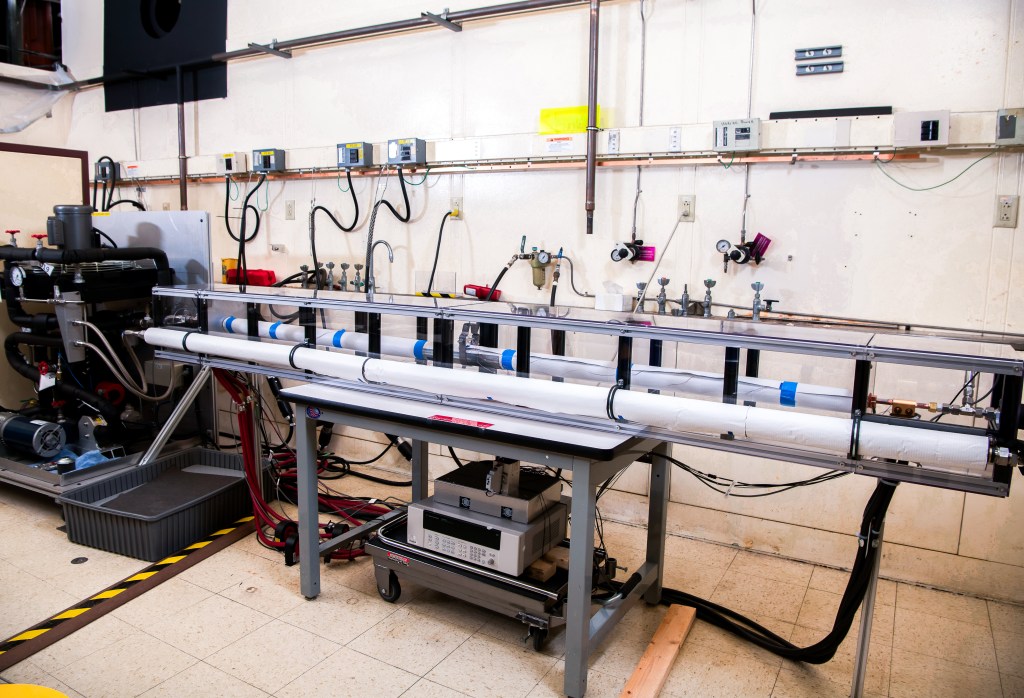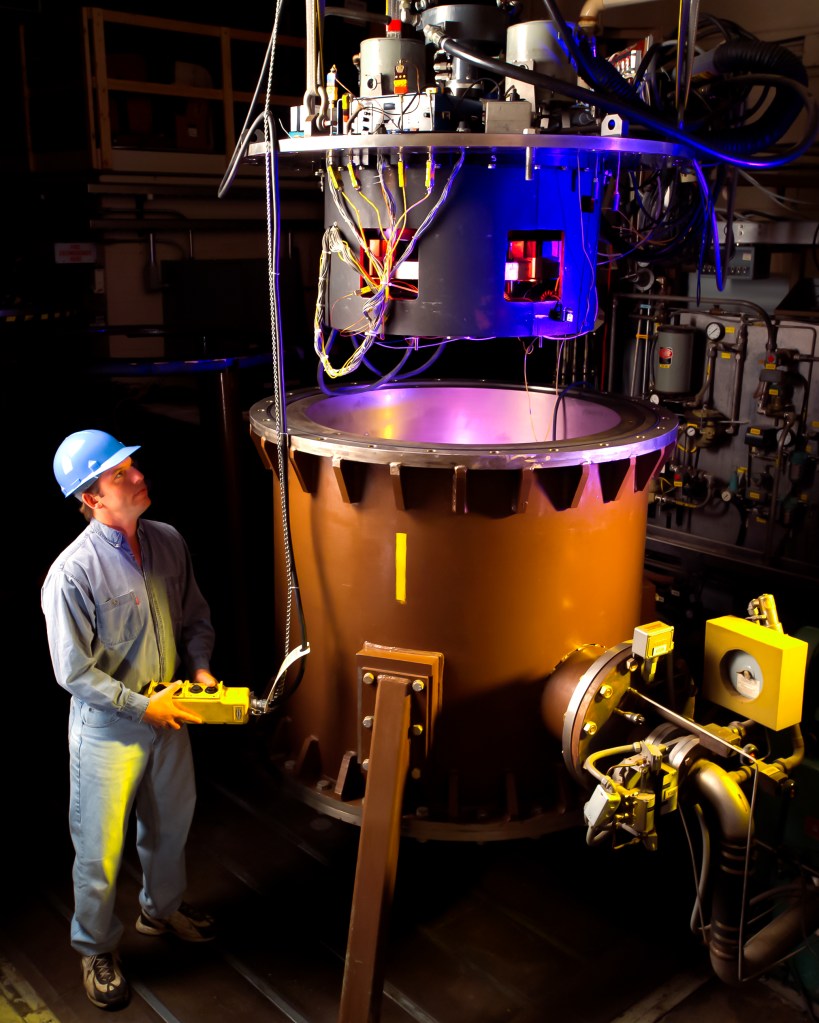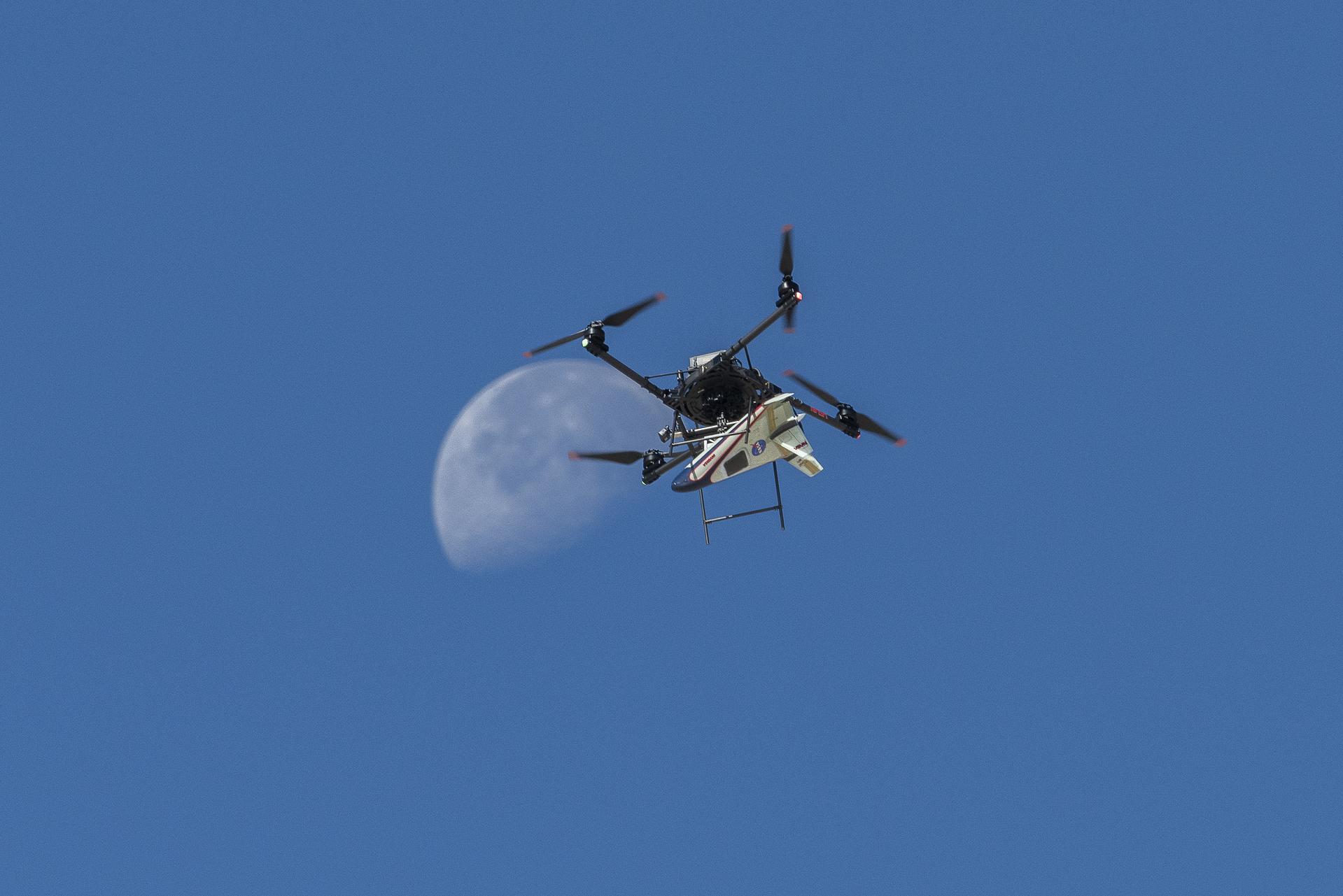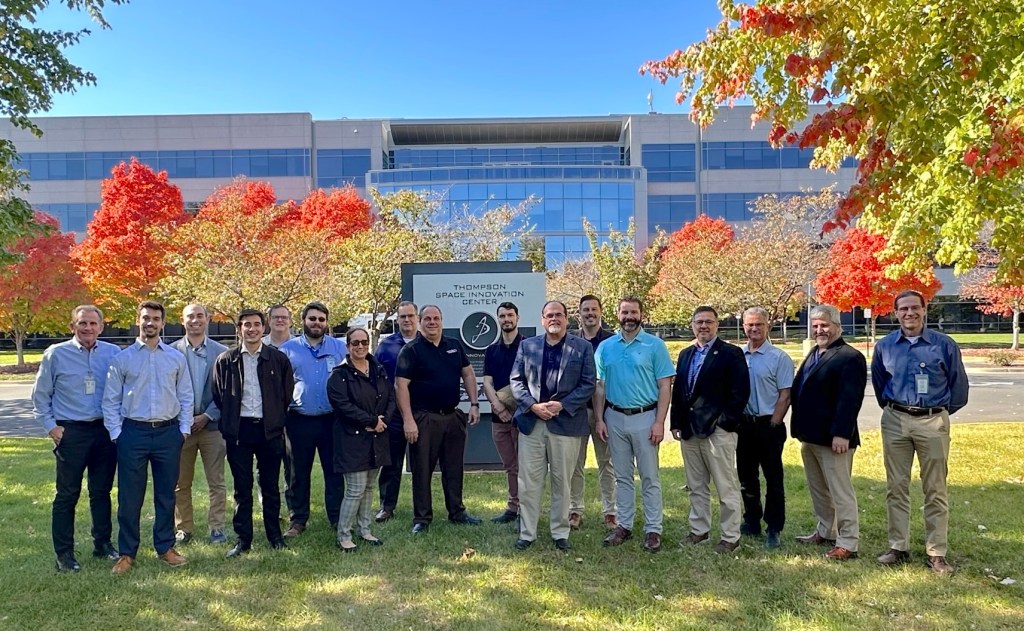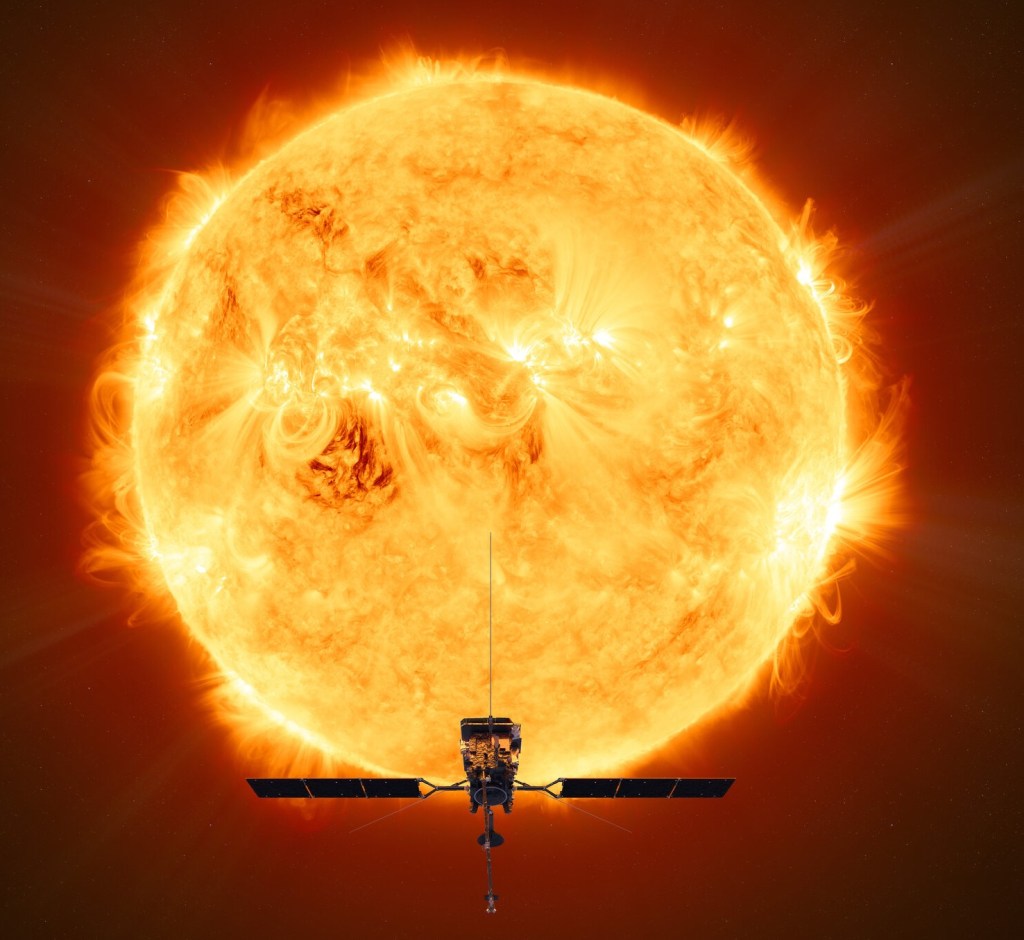A new video looks back on the six-wheeled scientist’s first 10 months on the Red Planet and all that it’s accomplished so far.
NASA’s Perseverance rover has been busy since its harrowing touchdown in Mars’ Jezero Crater this past February.
In the 10 months since, the car-size rover has driven 1.8 miles (2.9 kilometers), set a record for the longest rover drive in a Martian day, taken more than 100,000 images, and collected six samples of Martian rock and atmosphere that could eventually be brought to Earth for further study.
And then there’s NASA’s Ingenuity Mars Helicopter, which hitched a ride to the Red Planet with Perseverance: Proving that powered, controlled flight is possible in Mars’ thin atmosphere, the 4-pound (1.8-kilogram) rotorcraft has logged 18 flights and counting.
In a new video, Jessica Samuels – the Perseverance surface operations mission manager at NASA’s Jet Propulsion Laboratory in Southern California – looks back on a year filled with groundbreaking discoveries. She also explains the next phase of Perseverance’s mission: to explore the delta that formed in Jezero Crater billions of years ago from sediment that an ancient river carried into the lake that once existed in the crater.
“It feels great to be a part of making history and enabling the start of a Mars Sample Return campaign,” said Samuels. “What motivates us as engineers and scientists exploring another planet is the opportunity to learn more.”
More About the Mission
A key objective for Perseverance’s mission on Mars is astrobiology, including the search for signs of ancient microbial life. The rover will characterize the planet’s geology and past climate, pave the way for human exploration of the Red Planet, and be the first mission to collect and cache Martian rock and regolith (broken rock and dust).
Subsequent NASA missions, in cooperation with ESA (European Space Agency), would send spacecraft to Mars to collect these sealed samples from the surface and return them to Earth for in-depth analysis.
The Mars 2020 Perseverance mission is part of NASA’s Moon to Mars exploration approach, which includes Artemis missions to the Moon that will help prepare for human exploration of the Red Planet.
JPL, which is managed for NASA by Caltech in Pasadena, California, built and manages operations of the Perseverance rover.
For more about Perseverance:
and
Karolyn Pearson
Jet Propulsion Laboratory, Pasadena, Calif.
818-354-5011
karolyn.j.pearson@jpl.nasa.gov
Karen Fox / Alana Johnson
NASA Headquarters, Washington
301-286-6284 / 202-358-1501
karen.c.fox@nasa.gov / alana.r.johnson@nasa.gov
2021-250


